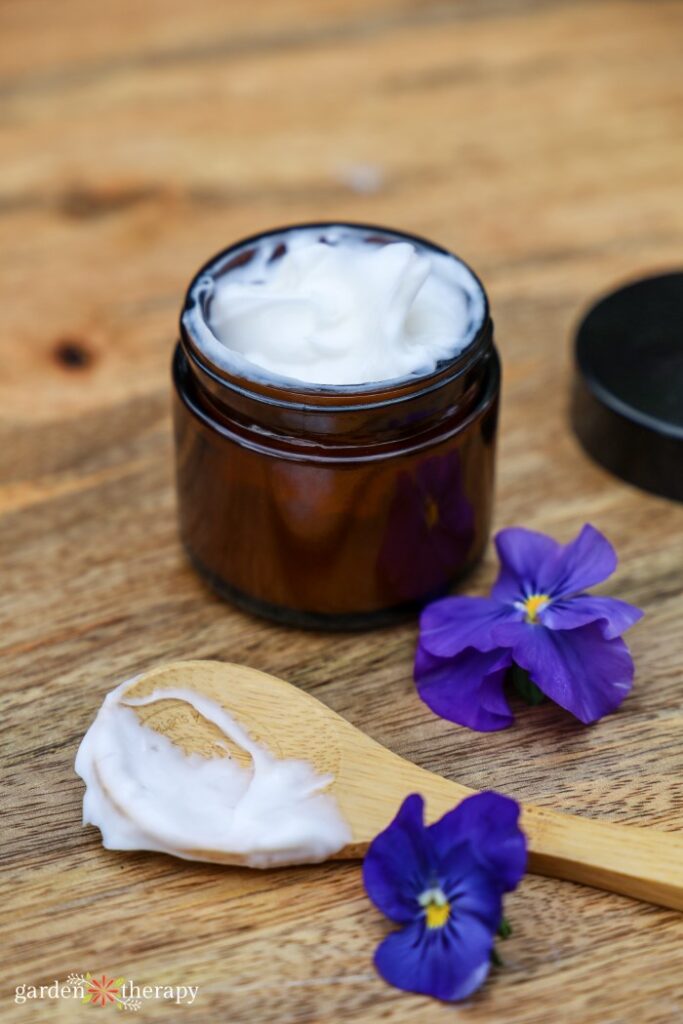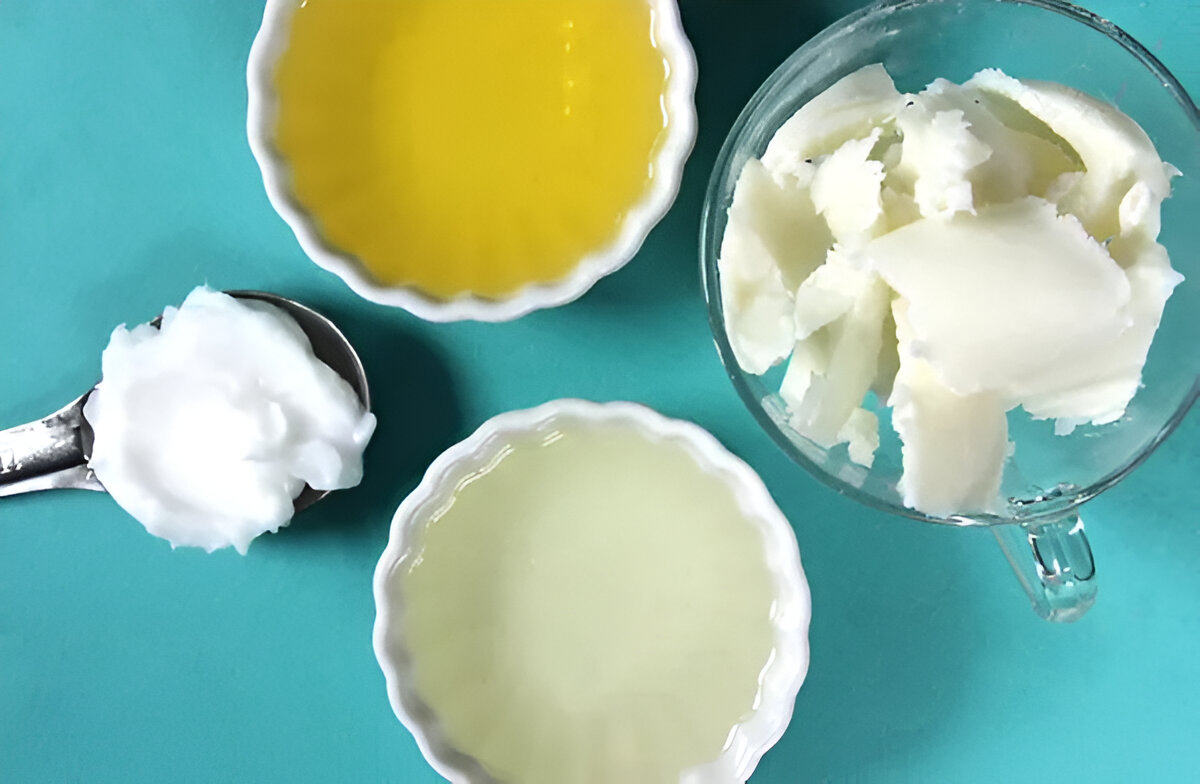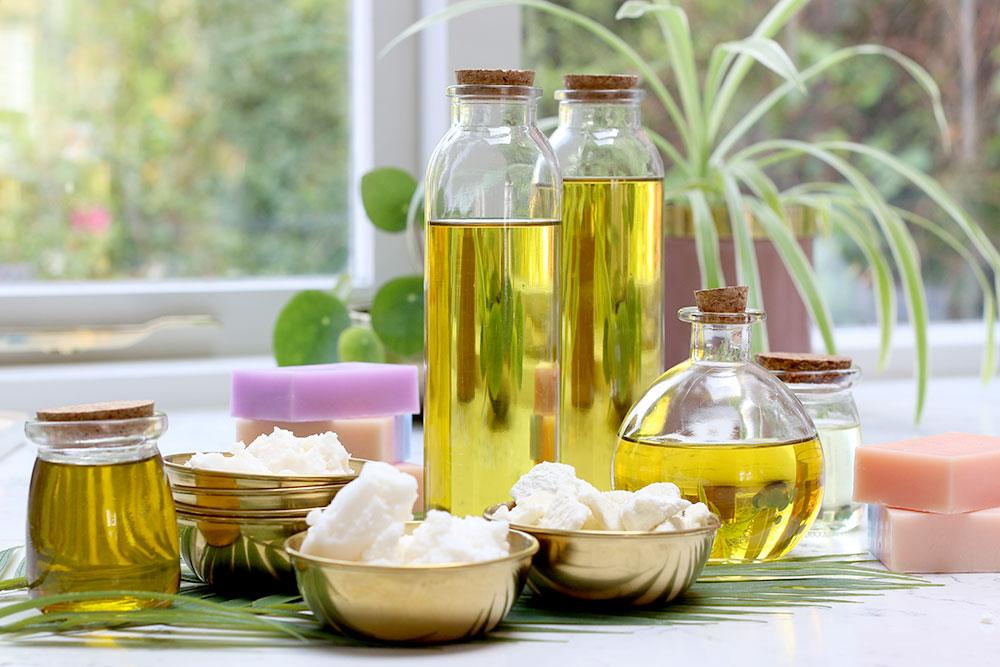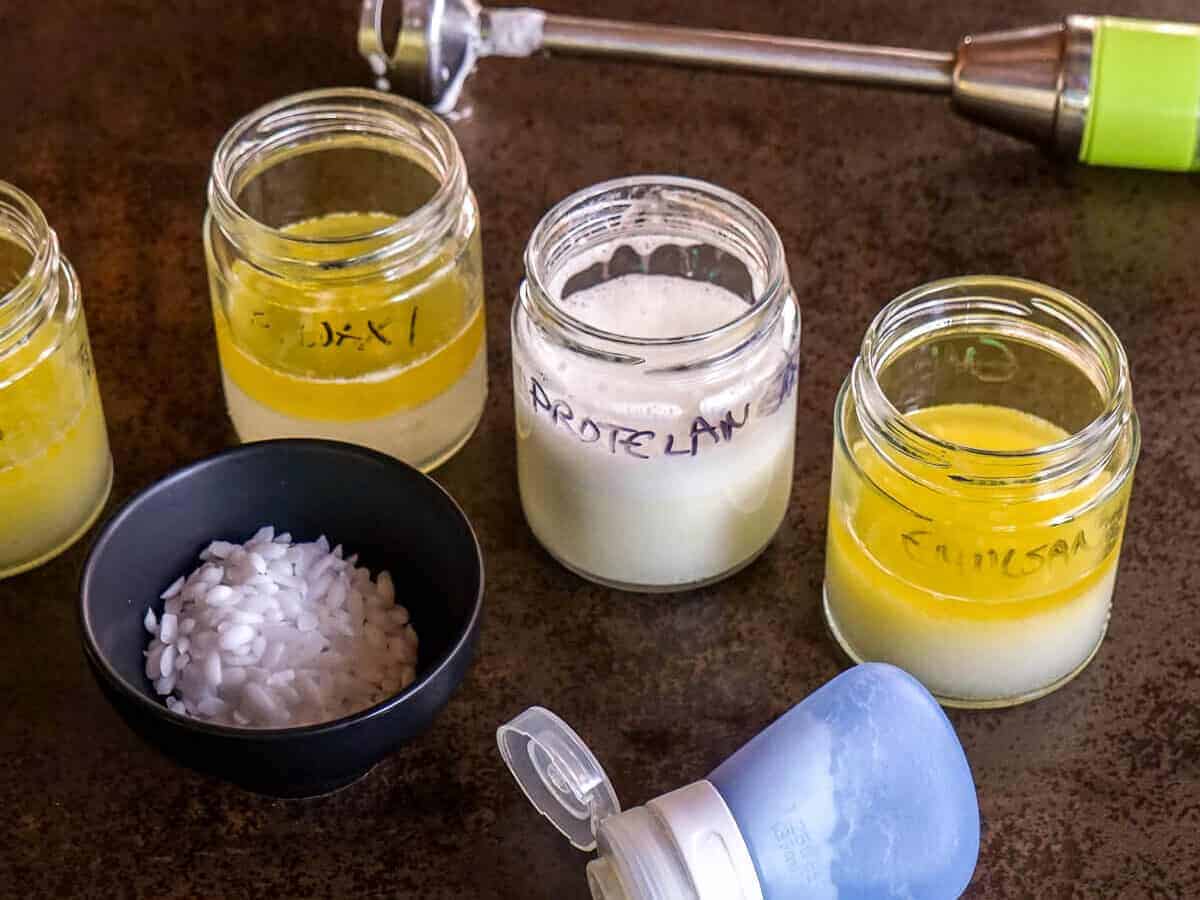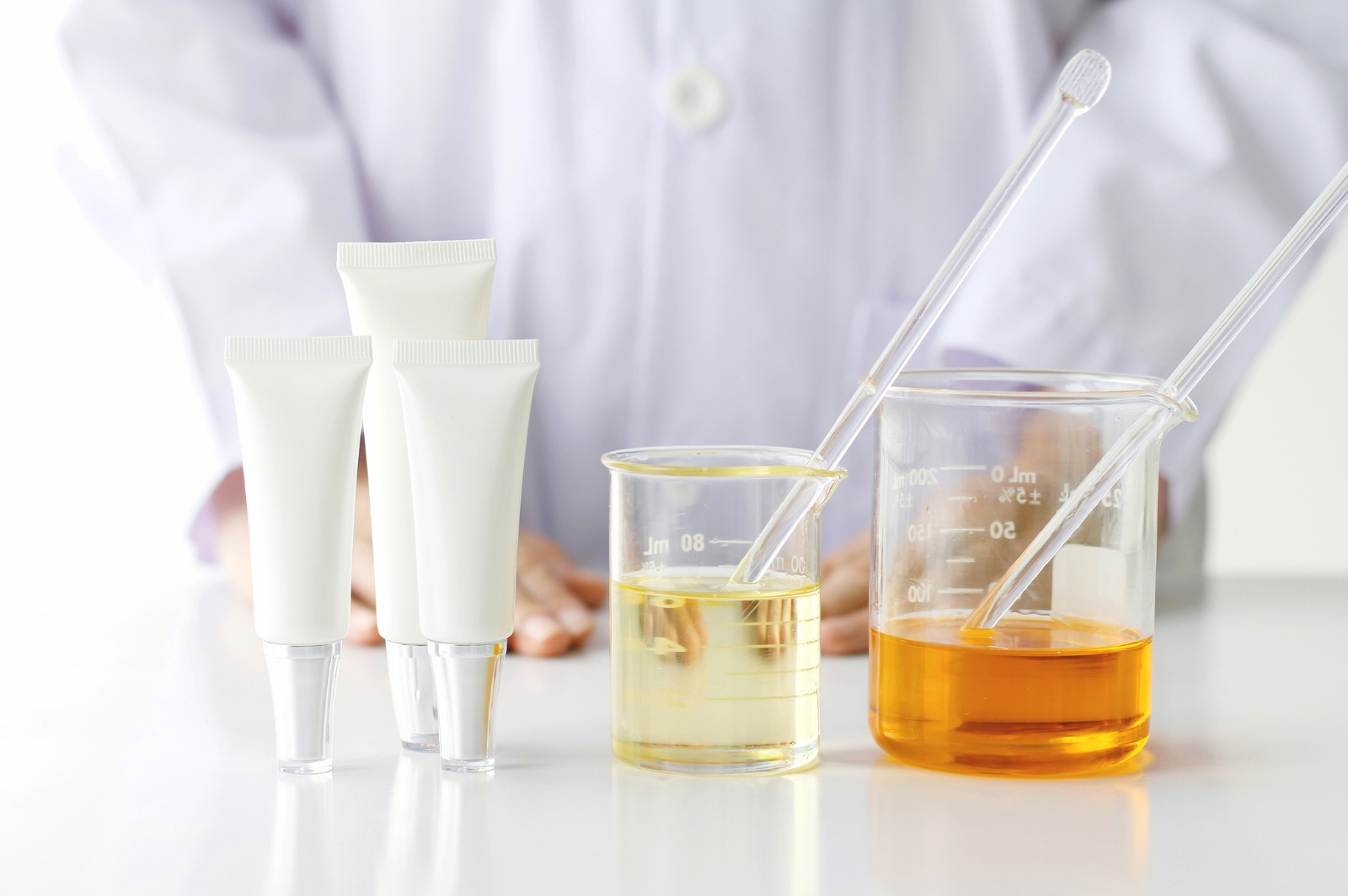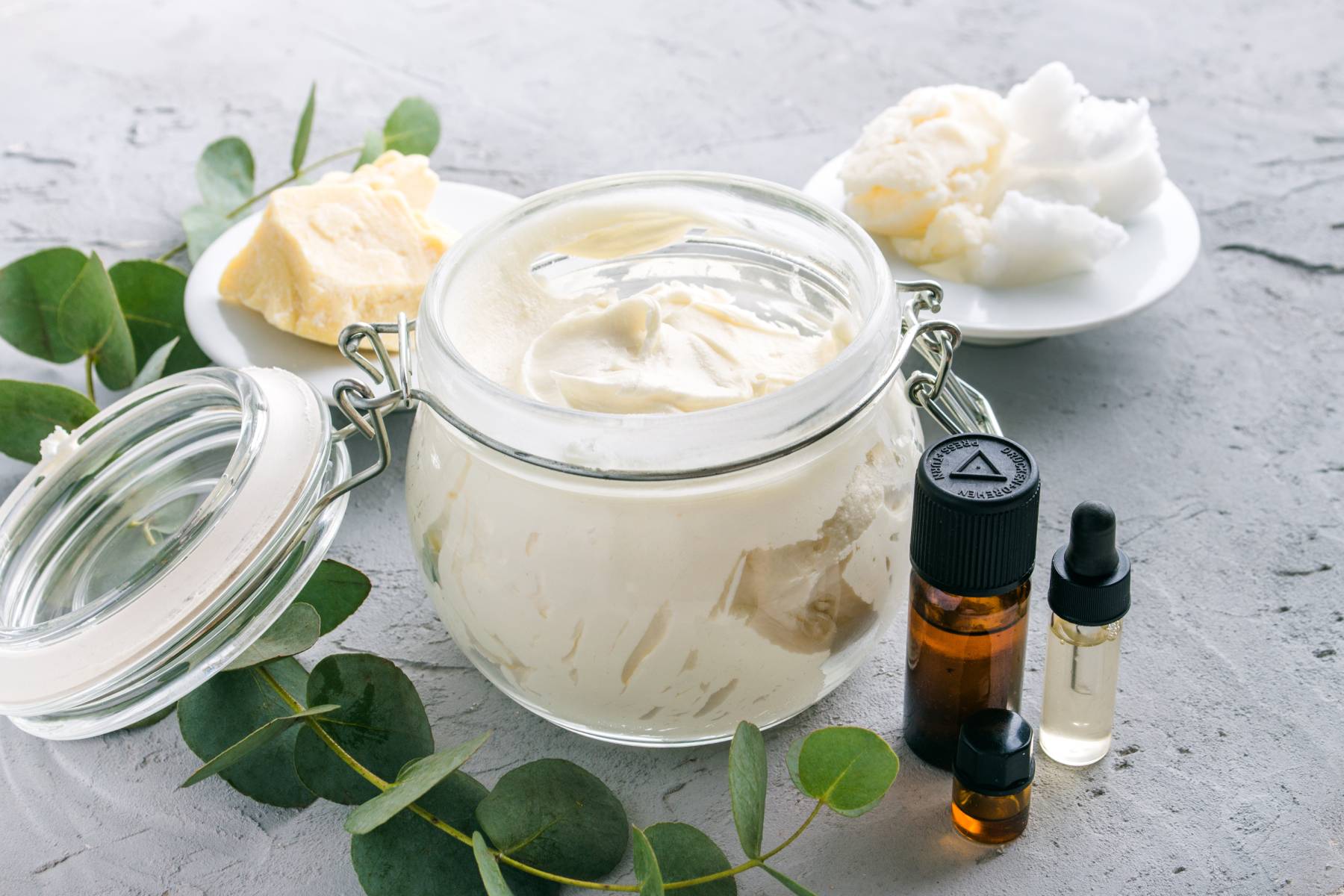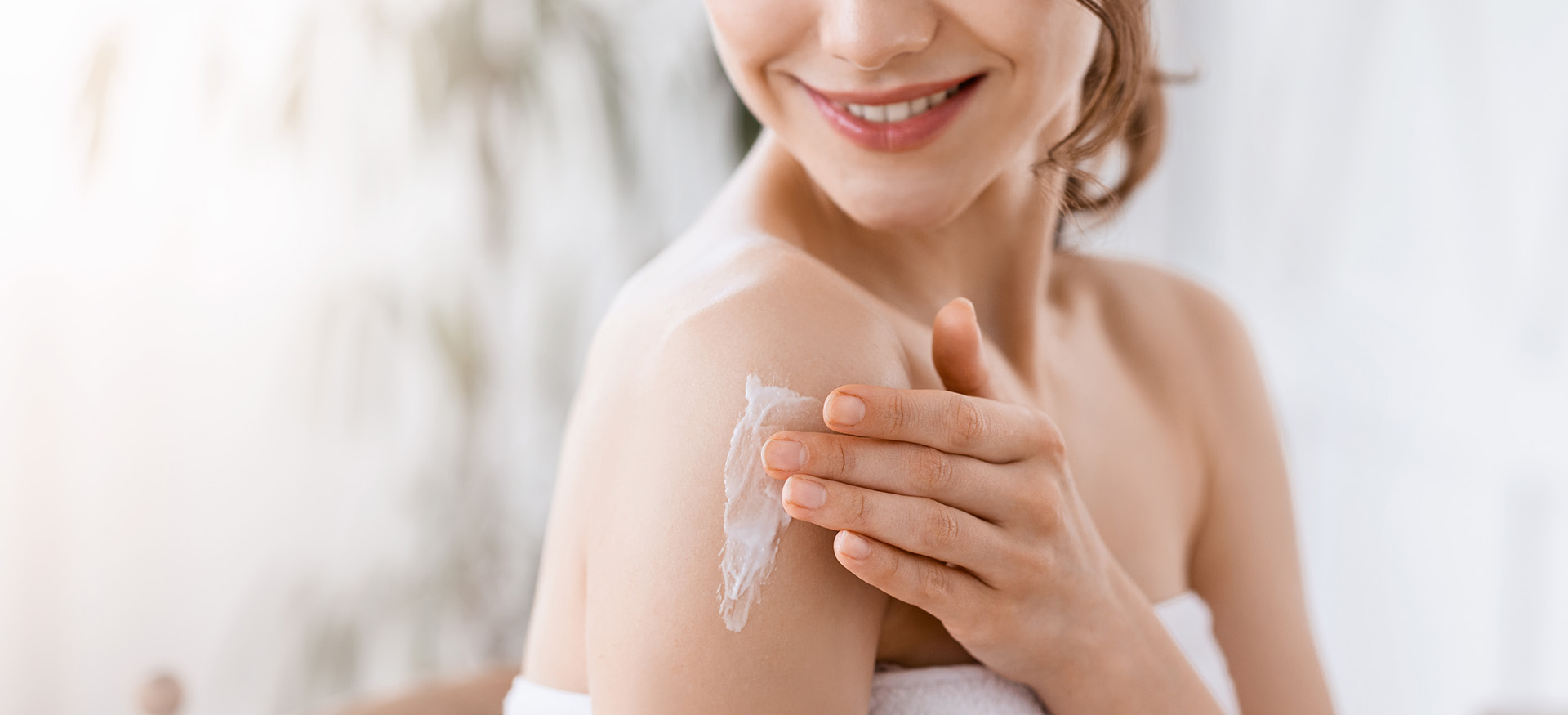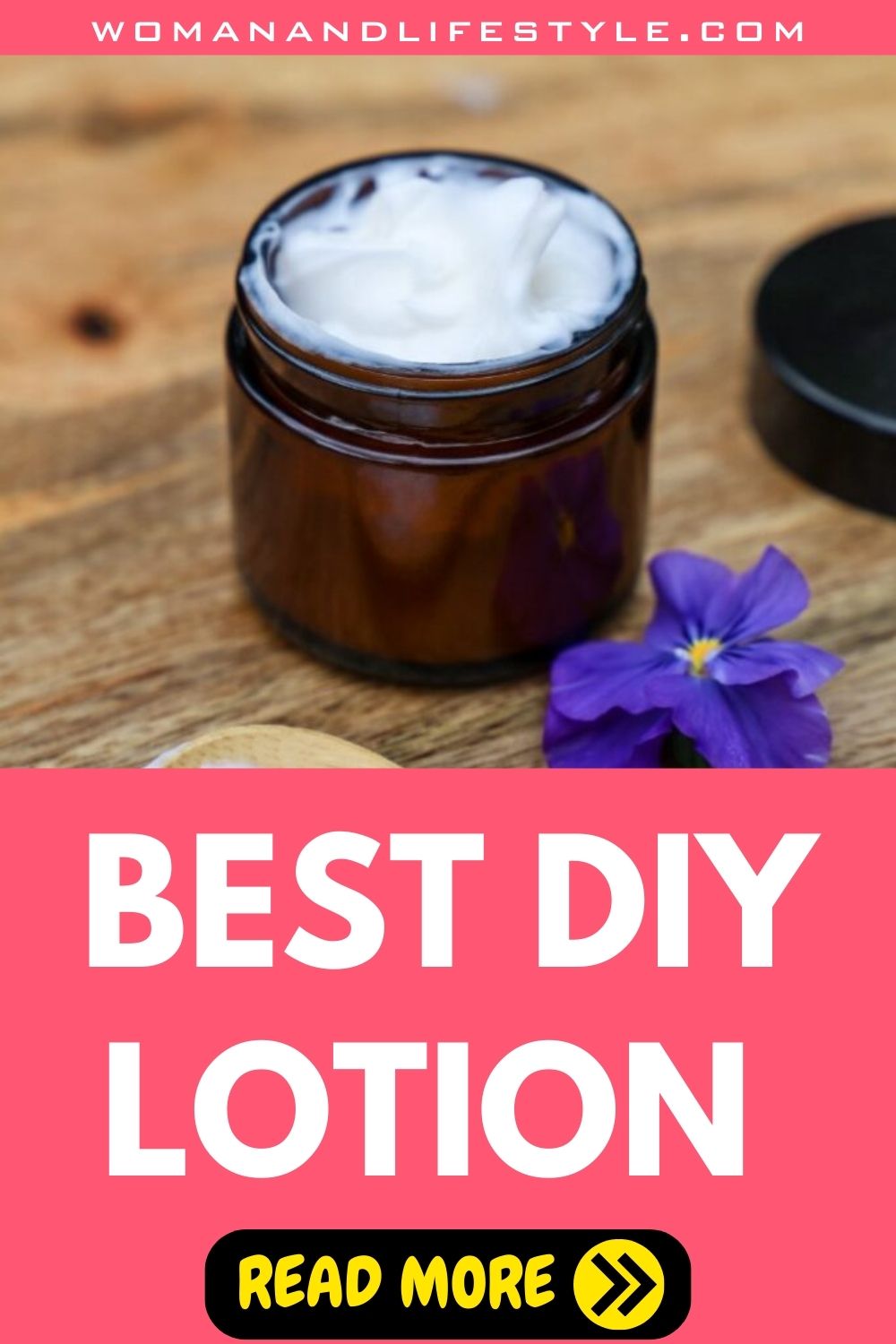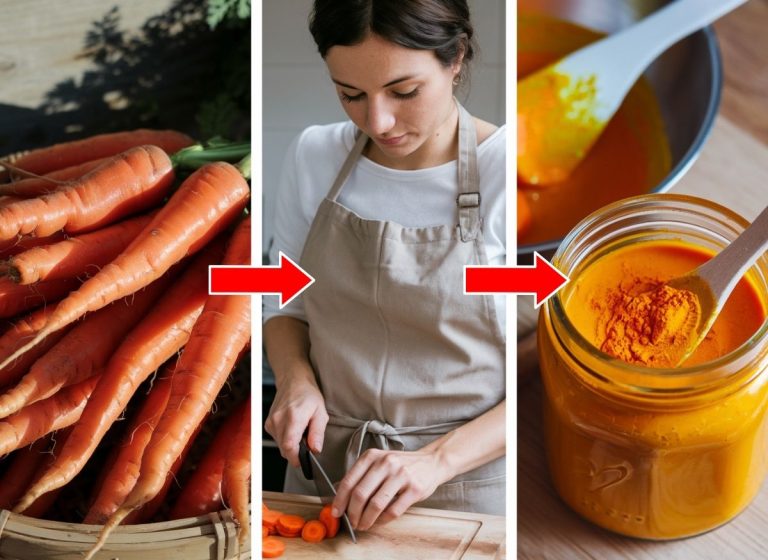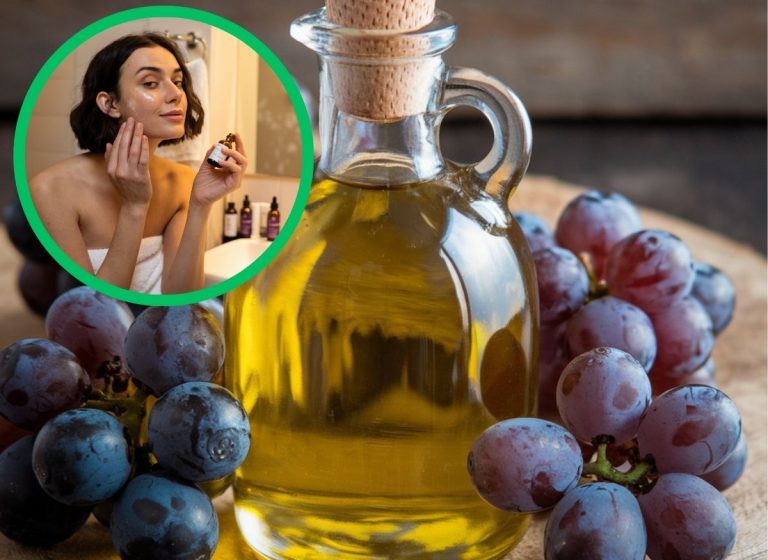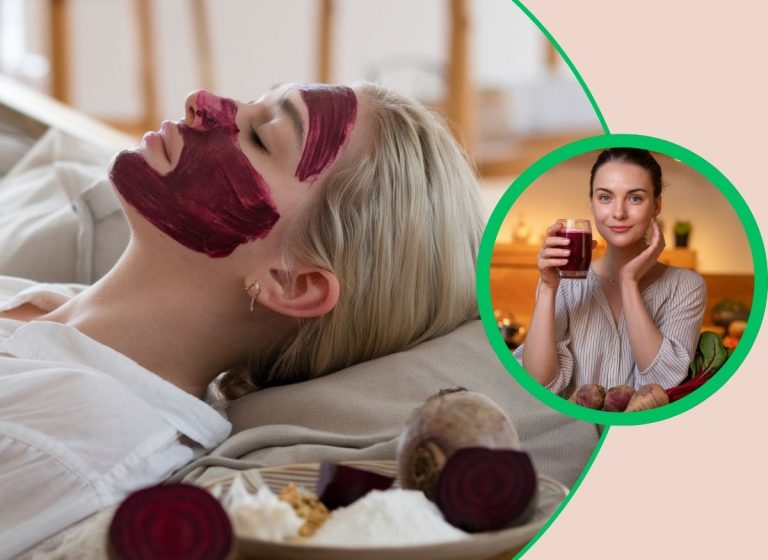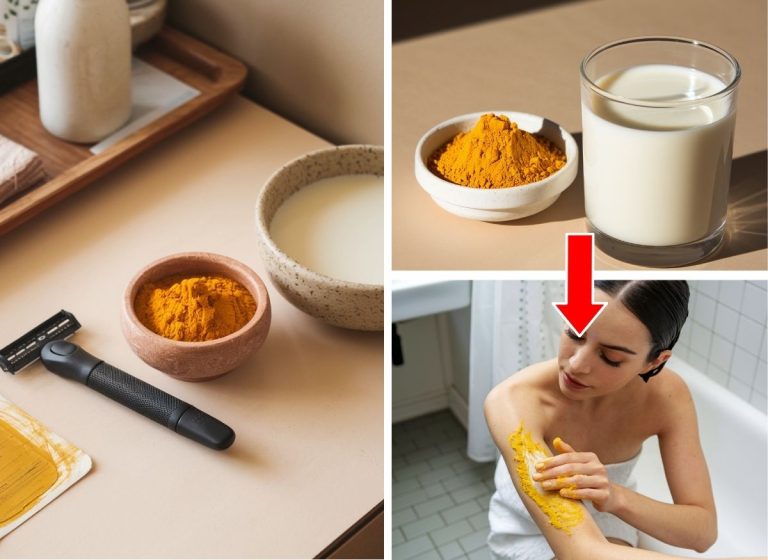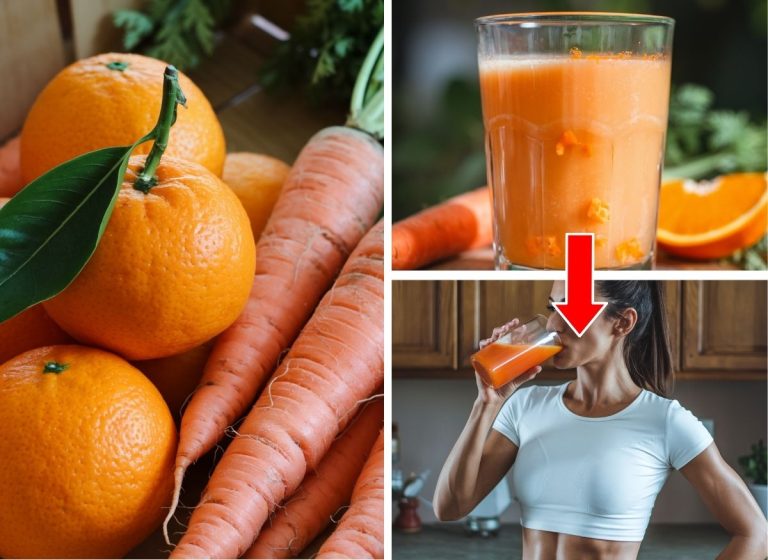The Best DIY Lotion To Keep Your Skin Moisturized All Winter
Although commercially available moisturizers can be beneficial, they may include harsh chemicals and preservatives that damage sensitive skin.
If you can’t find a product that helps your skin problem or want to save money on expensive cosmetics, making your DIY lotion can be a fantastic solution.
Contrary to popular belief, it isn’t hard to make one at home, and here is the proof.
This recipe for a DIY lotion only requires a few ingredients and a little patience. It can help you nourish and moisturize your skin, especially in the winter.
Scroll down and check it out.
What You’ll Need For The DIY Lotion
- 65ml distilled water (floral water or the same amount of pure aloe vera gel will be fantastic substitutes)
- 30 ml oil (you can pick jojoba, sweet almond, grapeseed, coconut, or avocado oil)
- 4 grams of emulsifying wax
- 3 drops of lactic acid
- 0.6 grams of Rokonsol or 3.5 grams of Leucidal
- 0.5% of your favorite fragrance (Optional)
- 10 drops of pure essential oil (Optional)
Water
Water makes up around 70%-80% of the body lotion. It thins the result and makes it easier to apply.
If you only use body butter and oils in your lotion, it will be oily and lack a smooth texture.
Butter And Oils
Body butter and oils are high in nutrients, antioxidants, and skin-healing qualities.
These are especially effective for excessively dry skin and help to decrease the formation of lines and wrinkles.
Shea butter, cocoa butter, sweet almond oil, avocado oil, and sunflower oil are the most frequent oils and butter used in lotion-making.
Emulsifiers And Wax
You can’t simply mix oils and butter with water. They will separate, and that’s why we need an emulsifier.
Emulsifiers (or emulsifying wax) aid in the mixing and stabilization of water and oil. They work as glue to hold your DIY lotion together.
DIY body lotions include no more than 10% emulsifiers. Remember that you cannot make lotions with waxes such as beeswax or candelilla wax.
These do not function as emulsifiers.
The texture of your lotion will vary depending on the type of emulsifier you choose.
Emulsifying wax, Polawax emulsifying wax, BTMS 50, and Olivem 1000 are some of the most popular emulsifiers on the market.
Preservatives
Any DIY skin care product you plan to store for over a month should contain a preservative.
The phrase “preservative” may sound intimidating, and you may believe it defeats the aim of preparing homemade body lotion.
Don’t worry! Natural preservatives can extend the shelf life of your DIY lotion by 2-3 months.
Leucidal, Rokonsal, and Geogard 221 (Cosgard) are a few gentle and natural preservatives you may use. ECO-CERT has approved them all.
Many DIY enthusiasts think they can use coconut oil, essential oils, vitamin E, and potassium sorbate in DIY skin care products as natural preservatives.
These compounds may have antibacterial or antifungal capabilities. However, they cannot prevent germs and mold. Although vitamin E oil and grapefruit seed extracts help decrease the rancidity of your lotion’s oils, they cannot prevent mold.
Potassium sorbate does not inhibit the growth of germs in the lotion.
DIY Lotion Recipe
- Add the distilled water to a clean glass bowl and warm it to the same temperature as the oils, around 70º-75ºC. This step will help with the emulsification.
- In another bowl, add the oils and the wax together. Heat them over a double boiler and keep stirring until it melts. Keep the mixture around 70º-75ºC.
- Combine the water with the wax and oil. Whisk until the mixture becomes thicker and opaque. If your mixture separates, heat it again in a double boiler and keep whisking until well combined.
- Let the mixture cool down a bit before using a pH strip to test the pH level. The pH level should be 3-8 if you’re using Leucidal. However, it must be lower than 5.5 if you’re using Rokonsol.
- If you’re using Rokonsol and the pH level is higher than 5.5, add a few drops of lactic acid and mix until the pH is lower than 5.
- After the mixture has cooled down, add the preservatives, essential oils, and fragrance. Whisk until well combined.
- Store the mixture in airtight containers. Let it cool down completely before putting on the lids.
Frequently Asked Questions About The DIY Lotion
- You can thicken your lotion naturally by adding melted stearic acid.
- Shea butter isn’t better than lotion. A body butter like shea butter is more natural and might be better for rougher skin, but it can clog the pores and won’t work for acne-prone skin. Lotions spread easier and absorb into the skin better.
- You can hydrate your skin with coconut oil, but you shouldn’t replace lotion with coconut oil. It can clog your pores.
This DIY lotion recipe is a great starting point, but you can tweak it to your preference.
Start with small batches and always do the patch test before applying anything to your skin. Once you have mastered the technique, you will create lotion at home in no time.
If you find this post helpful, hit the Pin button and save it to your Pinterest.
Before you leave, we still have many DIY skincare remedies waiting for you on our site.
Anti-aging masks are one of those, so check them out and upgrade your skincare routine!
We also post a lot about manicures, outfit ideas, and hairstyles, so follow us for more beauty inspo!

